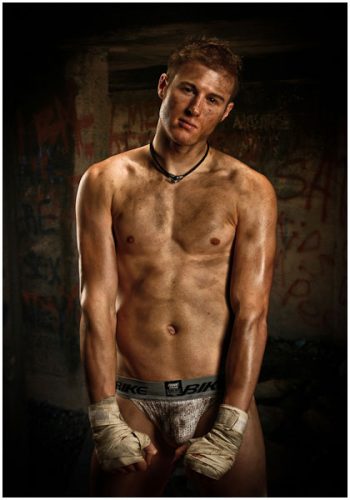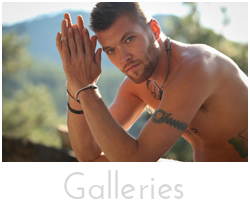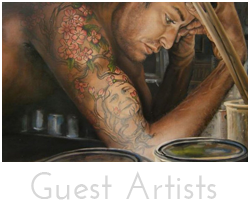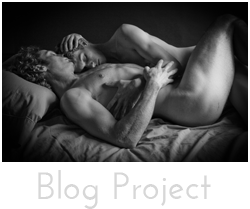 I had a late night shoot last night for the archive photos for the University of Montana production The Lion In Winter and did not get home until near midnight. Overslept this morning and have two more shoots scheduled for today that I still have to set up, jump in the shower, and be ready to go pretty soon. We are having yet another winter storm raging outside that began last night and is supposed to last the next couple of days. The temps have dropped to near zero with blasting winds howling though the trees around me. Yesterday I got a chance to work through the images of the new kid I shot on Tuesday and they are awesome, just as I expected. We will review them this afternoon and they will become tomorrow’s post once he approves them. We ended up shooting about 900 images during the shoot, mostly because he was new and getting used to the process. It takes be about 20 minutes to look at them all and make the first cut. I use a program by Adobe called Lightroom that allows me to rapidly scan through the images individually or view as a collection. During this first cut I race thought the images individually as rapid as I can and do not linger on any particular image. I am so fast at it and instantly know if an image might work and fit within my style. So it’s all about impulse. Making sure the images are sharp and properly exposed. The first pass generally narrows it down to about a hundred potential finalists. The next step I put the images up in batches; things that are similar in groups of about 10. I instantly see what stands out and mark them up another level. I still do not study the images and continue to work on impulse. This step generally narrows the selection to about 40, I make one more multi comparison pass bring up even larger groupings and eliminate anything that just doses hold up to the others as a collection. This has taken me another 5 minutes to get to these final images. The next step is where the images begin to become art. I choose one image that I think best represent the style I was going for and fine-tune it. I don’t do a lot of post production, but I due skew the tonal curves just a bit popping the lights and highlights and deepening the darks and shadow areas, placing everything where I visually saw it while I was shooting. I used to have to do this in the dark room with a series of contrast filters and print new images to see the results. It would take hours, but now Lightroom has some remarkable tools build right in into the image that are instantaneous. I also like to burn down the edges a bit to bring my focus back into the subject. This was a technique Ansel Adams used and I also carry over from my darkroom days. Once I have discovered the overall look of the image I copy the settings and past them into all the remaining images. Then it just takes a few moments with each image to tweak exposure, make minor adjustments, and eliminating anything that doesn’t fit or work well with the images as on overall collection. The final step is to put them all up on the screen and select the ones that truly pop out. I try to choose one from each look and try to narrow the collection to a final dozen that I think are outstanding. I then put them all up for final look and tweak any that need adjustment so they all have the same look and feel. The entire process takes about an hour and they are ready for presentation.
I had a late night shoot last night for the archive photos for the University of Montana production The Lion In Winter and did not get home until near midnight. Overslept this morning and have two more shoots scheduled for today that I still have to set up, jump in the shower, and be ready to go pretty soon. We are having yet another winter storm raging outside that began last night and is supposed to last the next couple of days. The temps have dropped to near zero with blasting winds howling though the trees around me. Yesterday I got a chance to work through the images of the new kid I shot on Tuesday and they are awesome, just as I expected. We will review them this afternoon and they will become tomorrow’s post once he approves them. We ended up shooting about 900 images during the shoot, mostly because he was new and getting used to the process. It takes be about 20 minutes to look at them all and make the first cut. I use a program by Adobe called Lightroom that allows me to rapidly scan through the images individually or view as a collection. During this first cut I race thought the images individually as rapid as I can and do not linger on any particular image. I am so fast at it and instantly know if an image might work and fit within my style. So it’s all about impulse. Making sure the images are sharp and properly exposed. The first pass generally narrows it down to about a hundred potential finalists. The next step I put the images up in batches; things that are similar in groups of about 10. I instantly see what stands out and mark them up another level. I still do not study the images and continue to work on impulse. This step generally narrows the selection to about 40, I make one more multi comparison pass bring up even larger groupings and eliminate anything that just doses hold up to the others as a collection. This has taken me another 5 minutes to get to these final images. The next step is where the images begin to become art. I choose one image that I think best represent the style I was going for and fine-tune it. I don’t do a lot of post production, but I due skew the tonal curves just a bit popping the lights and highlights and deepening the darks and shadow areas, placing everything where I visually saw it while I was shooting. I used to have to do this in the dark room with a series of contrast filters and print new images to see the results. It would take hours, but now Lightroom has some remarkable tools build right in into the image that are instantaneous. I also like to burn down the edges a bit to bring my focus back into the subject. This was a technique Ansel Adams used and I also carry over from my darkroom days. Once I have discovered the overall look of the image I copy the settings and past them into all the remaining images. Then it just takes a few moments with each image to tweak exposure, make minor adjustments, and eliminating anything that doesn’t fit or work well with the images as on overall collection. The final step is to put them all up on the screen and select the ones that truly pop out. I try to choose one from each look and try to narrow the collection to a final dozen that I think are outstanding. I then put them all up for final look and tweak any that need adjustment so they all have the same look and feel. The entire process takes about an hour and they are ready for presentation.



